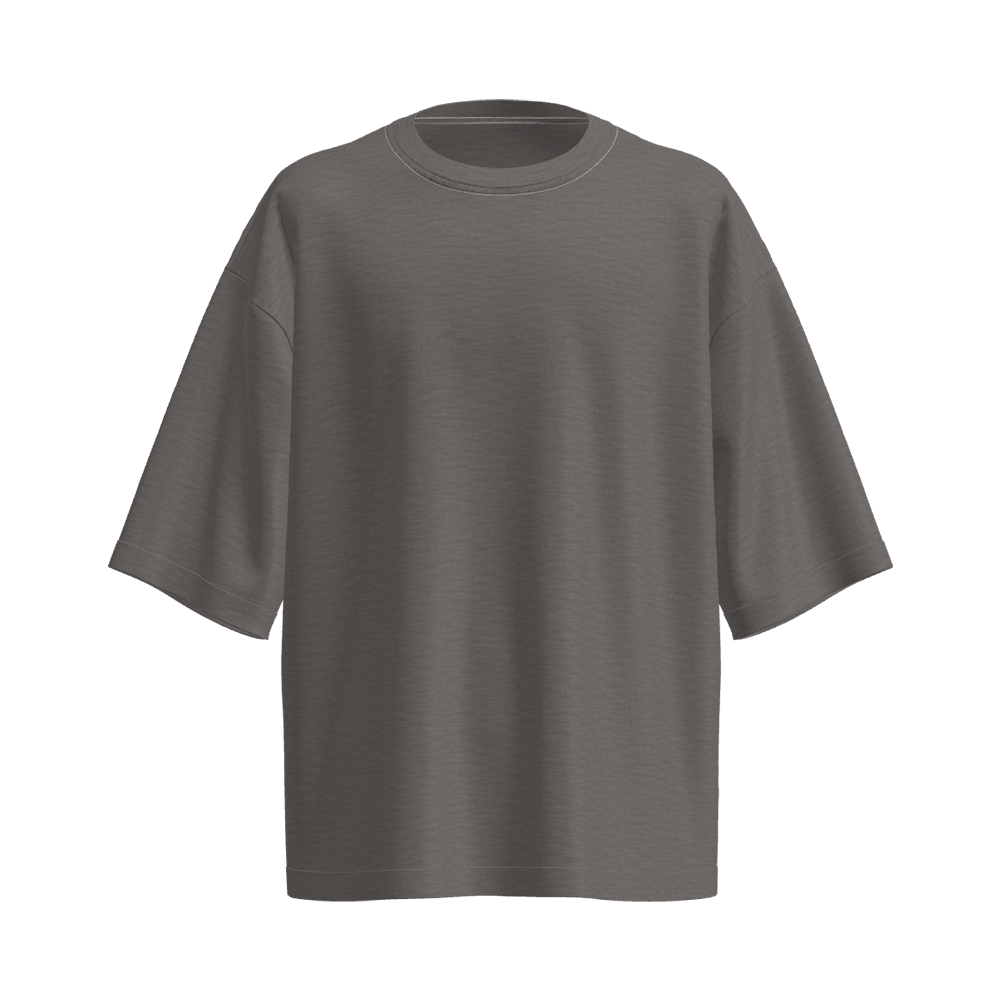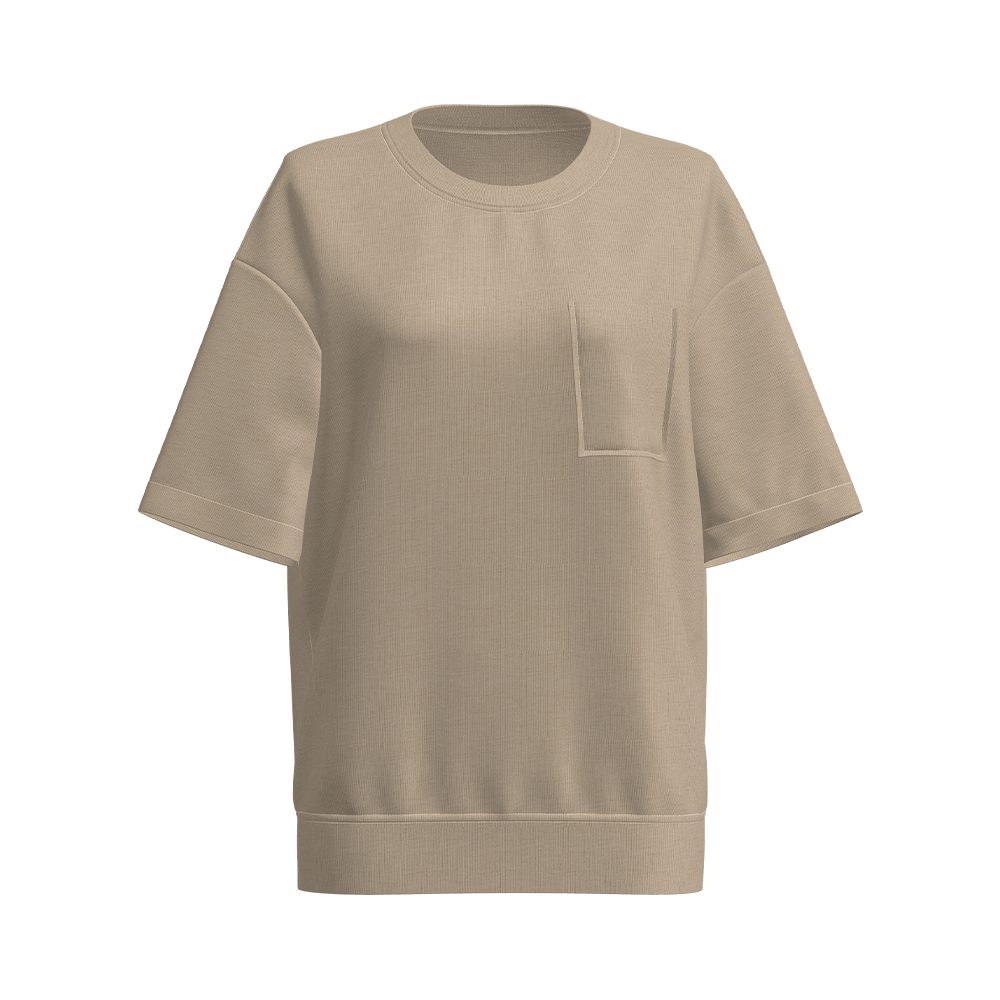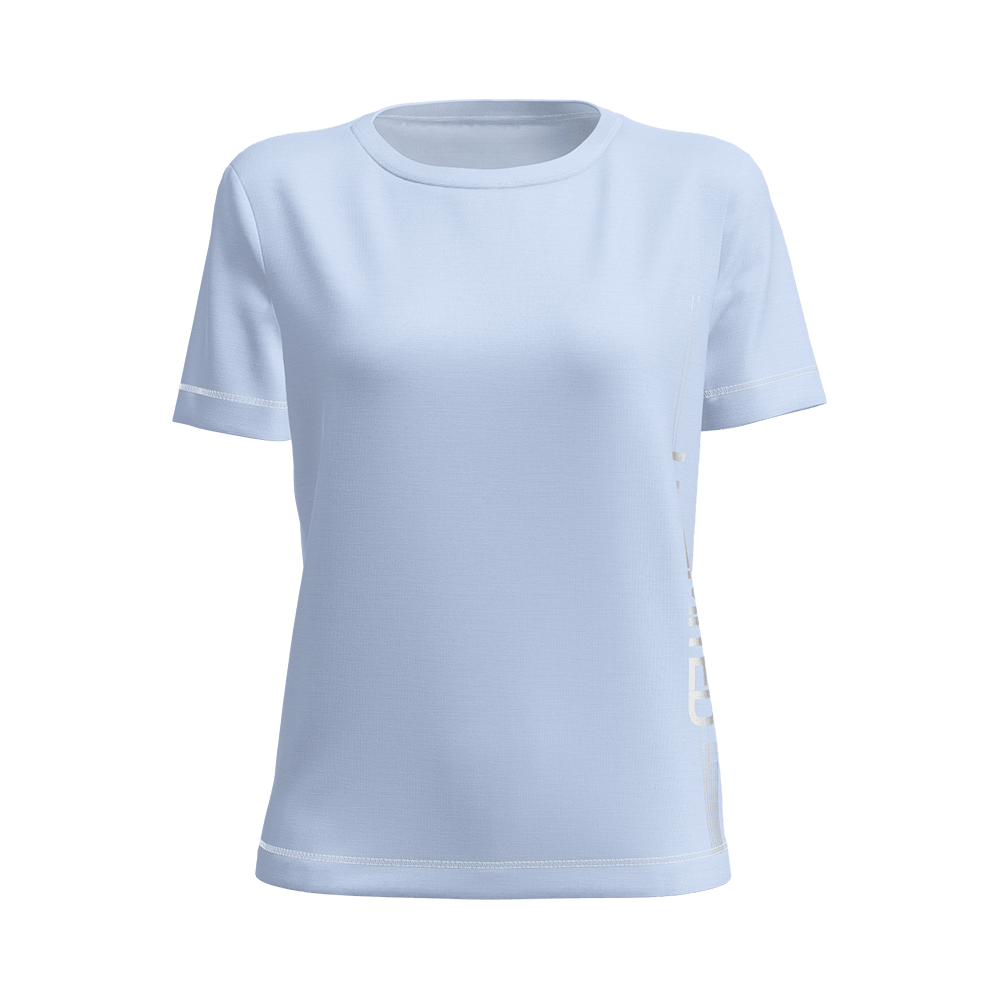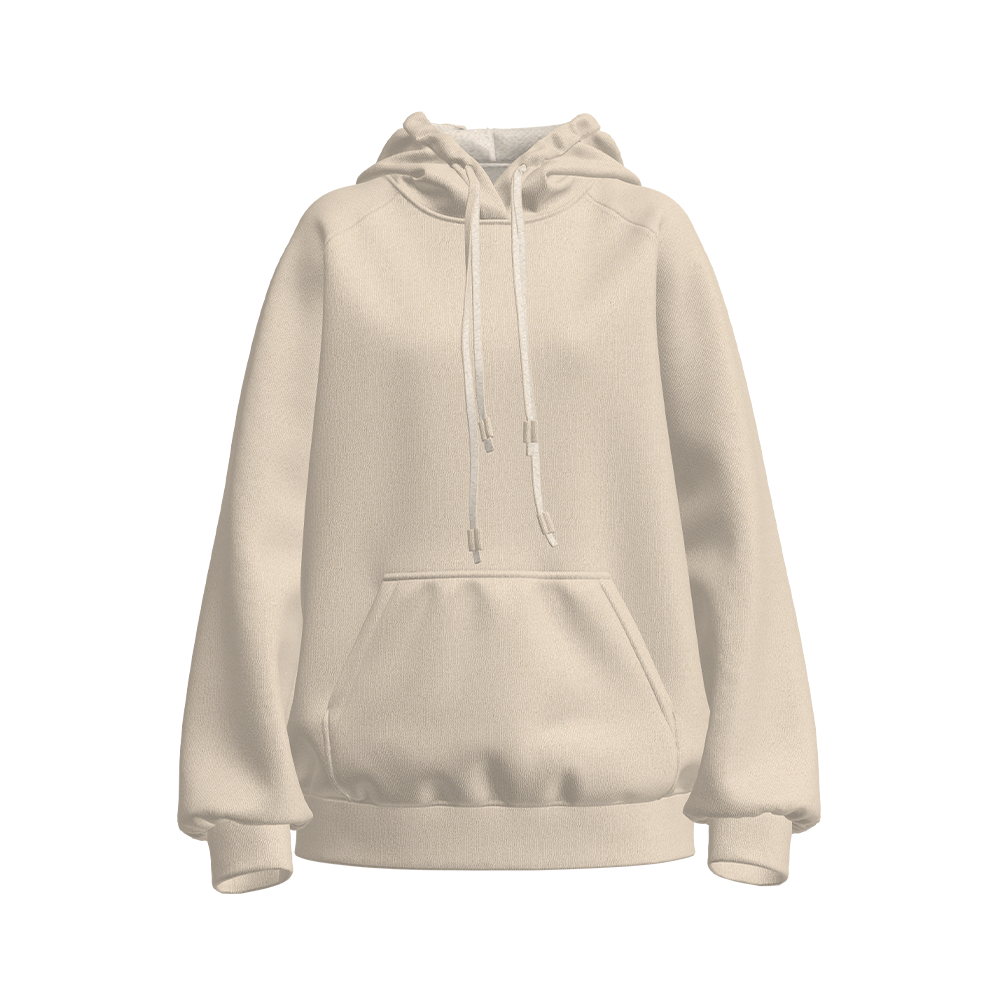
How does hot stamping reconstruct the symbolic expression of velvet fabric?
In the evolution of textile technology, hot stamping printing technology has become one of the core means of modern high-end fabric design with its unique visual expression. The innovation of T/S Tricot Velvet Super Soft Hot Stamping Printed Fabric lies not only in its innovation of touch, but also in the reconstruction of the symbolic system of traditional velvet through hot stamping technology, so that it can adapt to modern aesthetic and functional needs while maintaining its classic texture. Compared with the traditional jacquard weaving method of weaving patterns into the fabric body, hot stamping printing gives the fabric a richer visual level by surface intervention, thus completing the semantic transformation from classical luxury to contemporary refinement in the semiotic sense.
The decorativeness of traditional velvet mostly depends on the complex structural changes in the weaving process, such as cut pile, embossing or jacquard technology. Although these methods can form three-dimensional patterns, they are often limited by the technical conditions of the loom and it is difficult to achieve highly refined graphic expression. In addition, due to the deep integration of the pattern with the fabric body, its visual presentation is easily affected by the looming or light angle, resulting in the loss of design details. Hot stamping breaks this limitation. It uses heat transfer or foil pressing technology to accurately attach metallic patterns to the surface of the fabric, which not only retains the soft touch of the velvet base, but also enhances the decorativeness through high-contrast visual elements. The key advantage of this process lies in its freedom - designers do not need to consider the physical constraints of the weaving process, and can use more complex lines, gradients, and even subtle texture contrasts to make the fabric present dynamic light and shadow changes in static.
At the semiotic level, the pattern of traditional jacquard velvet carries a clear narrative of craft value, and its decorative significance is often directly related to the difficulty of weaving. Hot stamping subverts this logic. It no longer emphasizes the labor-intensiveness of "weaving", but instead highlights the precision of "design" and the visual impact of "surface". This transformation is highly consistent with the pursuit of instant aesthetics in contemporary consumer culture. When metal hot stamping appears on super soft velvet in the form of geometric lines or abstract patterns, it does not convey the traditional sense of handmade heaviness, but a modern elegance that has been precisely calculated. This decorative technique not only retains the historical memory of velvet as a luxury material, but also uses technology to make it break away from the overly serious classical context and integrate it into a more fluid fashion narrative.
From the perspective of process realization, the hot stamping printing of T/S Tricot velvet is not a simple surface superposition, but a deep adaptation based on the characteristics of the suede. Because the fiber structure of velvet has unique light absorption and reflection characteristics, ordinary hot stamping processes are prone to pattern breakage or uneven gloss due to the undulation of the suede. The fabric optimizes the adhesion and ductility of the hot stamping foil to ensure that the metal coating can conform to the microscopic topological structure of the suede, thereby maintaining a coherent visual effect at any viewing angle. At the same time, the edge sharpness of the hot stamping pattern forms a sharp contrast with the soft texture of the base material. This contradictory unity strengthens the sensory level of the fabric - the tactile skin-friendly feel and the visual cold gloss together constitute a contemporary high-end texture.
The deep meaning of this symbol reconstruction is that it transforms velvet from a "historical symbol" to an "editable fashion medium." The decoration of traditional velvet is limited by weaving technology, and its pattern language is often fixed and repetitive, while hot stamping gives it greater plasticity. Designers can adjust the density, shape or color tendency of the hot stamping pattern according to seasonal trends or brand tonality without changing the physical properties of the substrate to achieve multiple expressions of the same fabric in different contexts. This flexibility not only improves the market adaptability of the product, but also redefines the contemporary identity of velvet at the cultural level - it is no longer just a synonym for retro luxury, but a dynamic material that can integrate futuristic aesthetics.
The intervention of hot stamping also resets the way fabrics interact with light. The luster of traditional velvet depends on the natural reflection of velvet fibers, and its visual effect is relatively soft and unified. The mirror reflection of the hot stamping part introduces a high-contrast light and shadow rhythm, which makes the fabric produce a stronger visual tension in dynamic wear or space applications. This feature is particularly suitable for modern minimalist design, in which a small amount of metal embellishment can form a focus on the low-key suede background, avoiding the redundant feeling of excessive decoration and enhancing the memory point of the overall design through precise visual stimulation.
Ultimately, the real breakthrough of T/S Tricot Velvet Ultra-Soft Gold-stamped Fabric lies in the fact that it has achieved the migration of symbolic value through technological innovation. Gold-stamping is not only a decorative method, but also a semantic coding tool. It liberates velvet from the traditional craft narrative and gives it a new language that conforms to contemporary aesthetics. In this process, the physical properties and symbolic meaning of the fabric are no longer separated, but together constitute a complete modern luxury logic - respecting the essence of the material while not being bound by its history, and ultimately presenting a high-end texture that combines classic heritage with future possibilities.
LATEST POST
Let’s create something amazing together
contact usDon't hesitate to contact when you need us!



 English
English 한국어
한국어 中文简体
中文简体









 +86-512-52528088
+86-512-52528088 +86-512-14546515
+86-512-14546515

